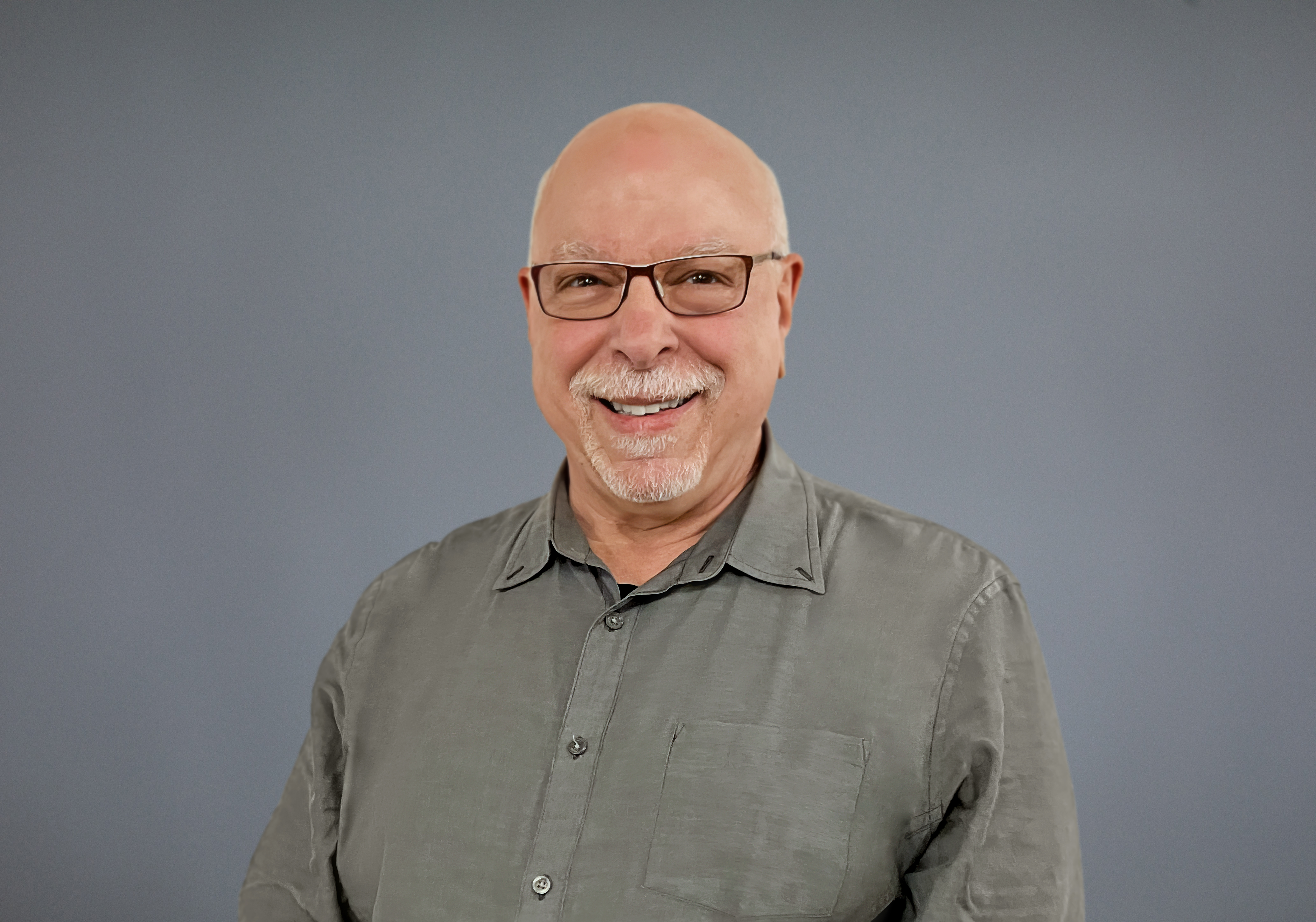Developing Tools for Sexual and Gender Minority Youth

Problem
Schools and health care providers needed better ways to help youths avoid HIV infection.
Although young Black and Latino men who have sex with men and transgender persons carry a significant portion of the HIV burden, there are few evidence-based tools to engage them. For a variety of reasons—including stigma, homophobia, and discrimination—these youths were less informed about HIV prevention services, testing, and treatment. At the same time, professionals struggled to reach and support this vulnerable population with potentially life-saving information. The Centers for Disease Control and Prevention’s Division of Adolescent and School Health (DASH) wanted to give health care providers tools to discuss gender and sexuality issues with their young patients and educate them about emerging HIV prevention. To do so, DASH needed to better understand these patients.
Solution
NORC analyzed data from our earlier Survey of Today’s Adolescent Relationships and Transitions (START).
This project represented the second part of NORC at the University of Chicago’s collaboration with the Division of Adolescent and School Health (DASH) at the Centers for Disease Control and Prevention (CDC) to combat HIV in minority youths. In the first effort, NORC conducted the in-depth Survey of Today’s Adolescent Relationships and Transitions (START) with Black and Latino gay, bisexual, and questioning males (13-18 years old) and transgender youth (13-24 years old) about their knowledge and attitude toward sex. For this project, NORC conducted a thorough analysis of the previously conducted survey responses of over 3,100 people, together with qualitative data collected from adult and youth focus groups.
Result
Our analysis informed appropriate HIV prevention tools for adolescents.
The surveys and focus groups pointed to the need to offer tools that are free, easy to access, and provided by trained professionals to assist young gay and bisexual men and transgender youth in accessing HIV prevention and testing resources. Using those findings, we and our partners—The Fenway Institute and DASH—developed appropriate, effective HIV prevention materials to help combat the high rate of this dangerous infection. Researchers also used the data to produce journal articles and conference presentations to inform HIV prevention efforts. The prevention tools that NORC helped create included:
- Webinars for health care providers and school-based professionals
- A self-assessment tool for schools to use to measure LGBTQ inclusivity in schools
- A survey module on parental and school connectedness
Related Tags
Project Leads
-
Stuart Michaels
Senior Research ScientistProject Director -
Sabrina Avripas
Senior Research DirectorSenior Staff -
Tracy McPherson
Principal Research ScientistSenior Staff -
Melissa Heim Viox
Senior Research DirectorSenior Staff










